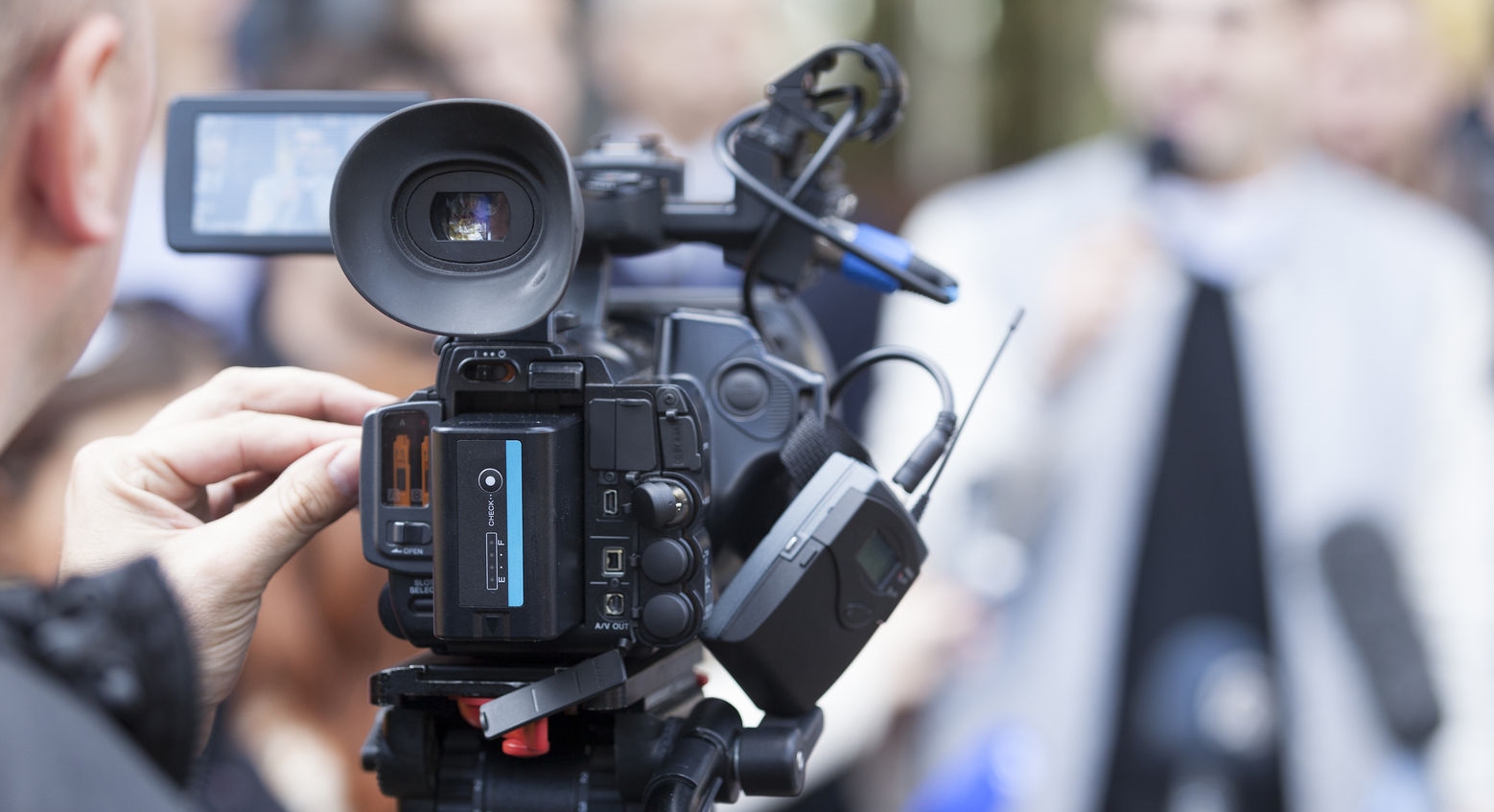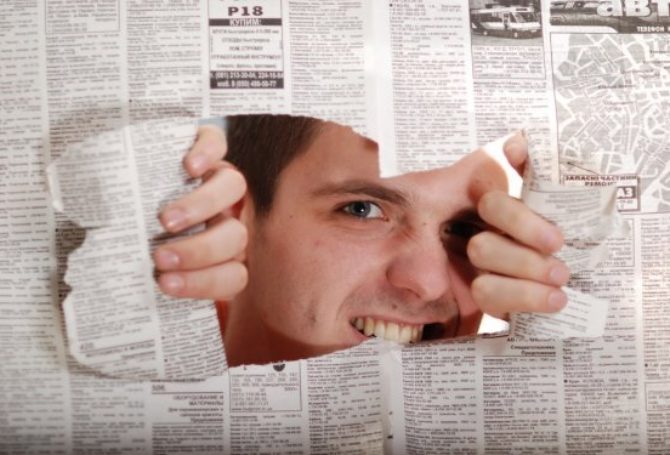Media Training: Screen Tests for Spokespersons

Dealing with the news media is not a spectator sport. It takes discipline and practice not unlike an actor learning to play a part and deliver lines in character.
Actors don’t show up on stage unprepared, and neither should spokespersons. Media training is a must.
For people with media backgrounds, with lots of actual experience or who have taken media training before, media training can be an invaluable refresher course. You can always perform better.
“Actors don’t show up on stage unprepared, and neither should spokespersons. Media training is a must.”
Media training tutorials can cover a wide landscape of communications realities and challenges. But effective media training sessions always include exercises that put your speaking and thinking-on-your-feet skills to the test. We call them stress tests.
We have found the most effective stress tests require trainees to identify what they need to say, develop a key message and refine that message into something approaching a sound bite. We ask trainees to anticipate issues and questions they will face in an interview – maybe even an ambush interview – with an aggressive print or broadcast media reporter.
The interviews are digitally recorded so trainees can see themselves perform. They usually are their own harshest critics, noticing distracting twitches, slouchy posture or roving eyes.
Our media training sessions preferably include two stress tests. That way trainees get a second chance to clean up mistakes they made in the first interview.
When time allows, we like to preface the stress tests with an exercise aimed at helping people find their own voice. This usually involves asking a trainee to compose a short story about a subject near and dear to their heart and then relate it orally without notes. This low-stress experience gives trainees a chance to concentrate on a power position and eye contact without having to think too much about tricky subject matter or questions hurled from left field.
The tutorial section of the training offers some background on the changing face of the news media, new technologies that have accelerated the pace of news cycles and reporting ethics and responsibilities. We also cover social media, including the emergence of Twitter as a terrific real-time way to update the news media, employees and key stakeholders in a crisis.
But the heart of the media training is the role-playing experience in front of a camera. A key first step is to overcome the aversion of practicing to perform. CEOs can be the worst. They typically became CEOs because of their abilities to speak well and think on their feet. But as former Disney CEO Michael Eisner proved with his comment about “beautiful women not being funny,” you aren’t as prepared as you think you are.
Success in front of the camera starts with careful preparation, often in a compressed time frame. Very few people are capable of matching a moment on the spot with the right comment and emotional empathy. It is why actors do their homework before they play a part. They have to assimilate their role and make the script their own.
The purpose of media training is to give spokespersons the perspective, the tools and the tips to write an effective key message and deliver it in perfect pitch.
Media training stress tests are like screen tests for actors. They show your potential and what you need to work on to play your part.
If you are or may be a spokesperson, arm yourself with media training. It’s a smarter option than winging it.
CFM provides customized media trainings for a wide variety of clients. Contact CFM today to learn more.



